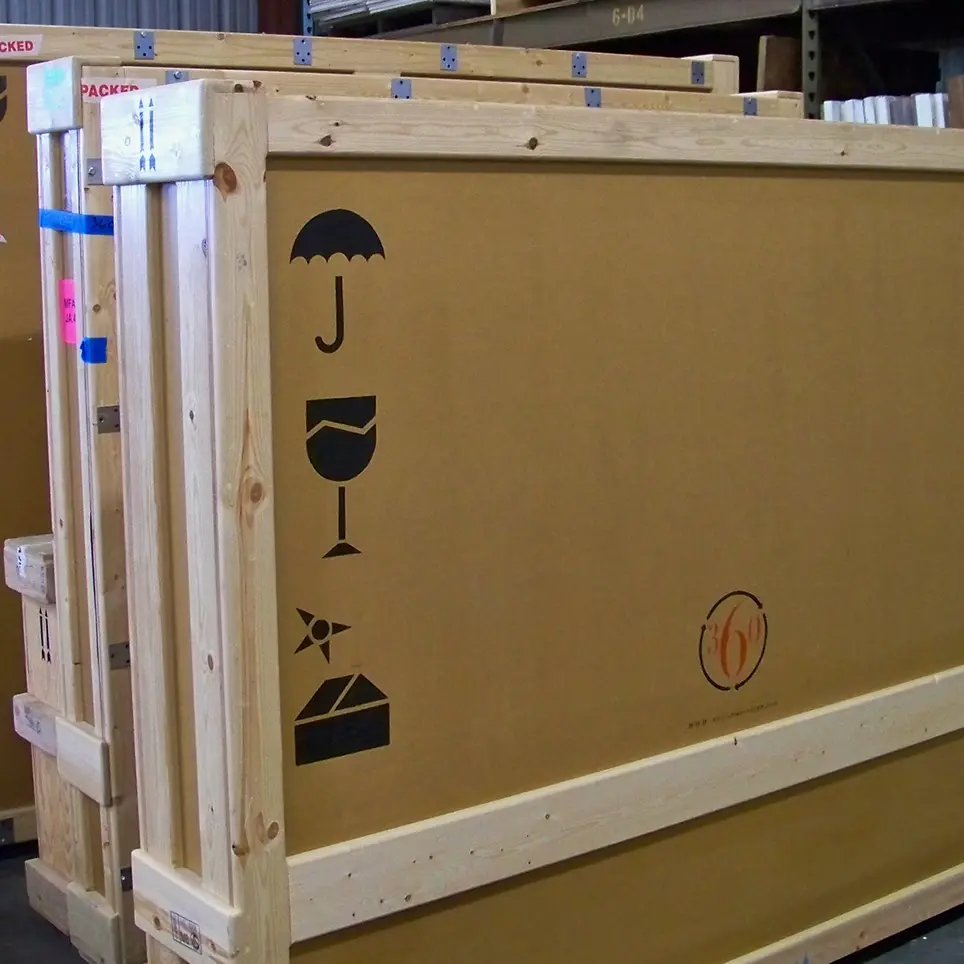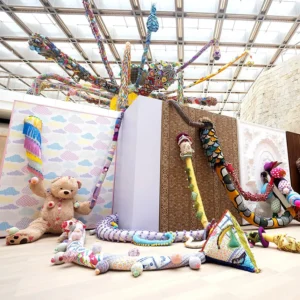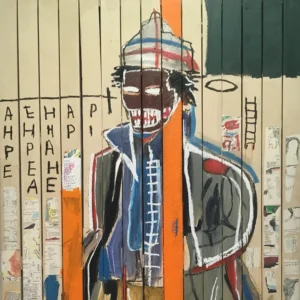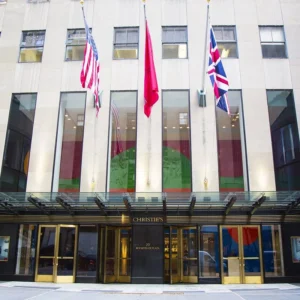Thirteen organizations representing over 40 art fairs, including Art Basel, Frieze, and TEFAF, have partnered with the Gallery Climate Coalition (GCC) to reduce greenhouse gas emissions by at least 50% by 2030. The fairs will measure and report their emissions while educating visitors and supply chains on how to reduce CO2.
The challenge of sustainability in the art world primarily revolves around art fairs, which can account for about one-third of a gallery’s overall emissions, with air freight responsible for about 70% of that total. The logistical demands of art fairs—such as the extensive personnel required, the transport of artwork often involving air freight, travel, and the use of single-use materials for booth design—are key concerns.
Founded in 2020, the GCC is an international membership organization dedicated to providing environmental sustainability guidelines for the visual arts sector. Since its inception, over 1,500 arts organizations across 40 countries have joined the GCC, which aims for a 50% reduction in emissions by 2030, in alignment with the UN Paris Agreement.
The GCC’s dedication to sustainability has received backing from signatories associated with prominent art fairs such as Art Basel, Frieze, TEFAF, ARCO, Liste Art Fair Basel, CHART, Easyfairs, Market Art Fair, Ramsey Fairs, ESTE, The Art Show, and STAGE Bregenz.
The GCC director emphasizes the urgency of addressing climate change, noting that leading art fairs have recognized the necessity of adapting their practices. Their collaborative efforts highlight the potential for collective action to drive systematic change within the art sector.
While the director acknowledges that halting international travel and freight could significantly reduce a gallery’s emissions, the GCC does not recommend ending participation in art fairs for environmental reasons, as that would be irresponsible.
To aid art fair organizers in their sustainability efforts, the GCC has developed “The Art Fair Toolkit for Environmental Responsibility,” which provides a roadmap of practical steps, targets, and strategies to track and reduce emissions, with a particular emphasis on minimizing single-use materials and air freight.
Recently, Hope Solutions audited Frieze London’s carbon footprint, revealing a significant decrease in emissions from 207 tons in 2018 to almost 90 tons. However, it is important to note that the audit did not account for emissions generated by visitors, exhibitors, or the transportation of artworks to the fair.
Jon Ashman, CEO of Frieze, expressed pride in the fair’s membership in the Gallery Climate Coalition, highlighting the toolkit as a significant advancement in reducing the art world’s environmental impact.





